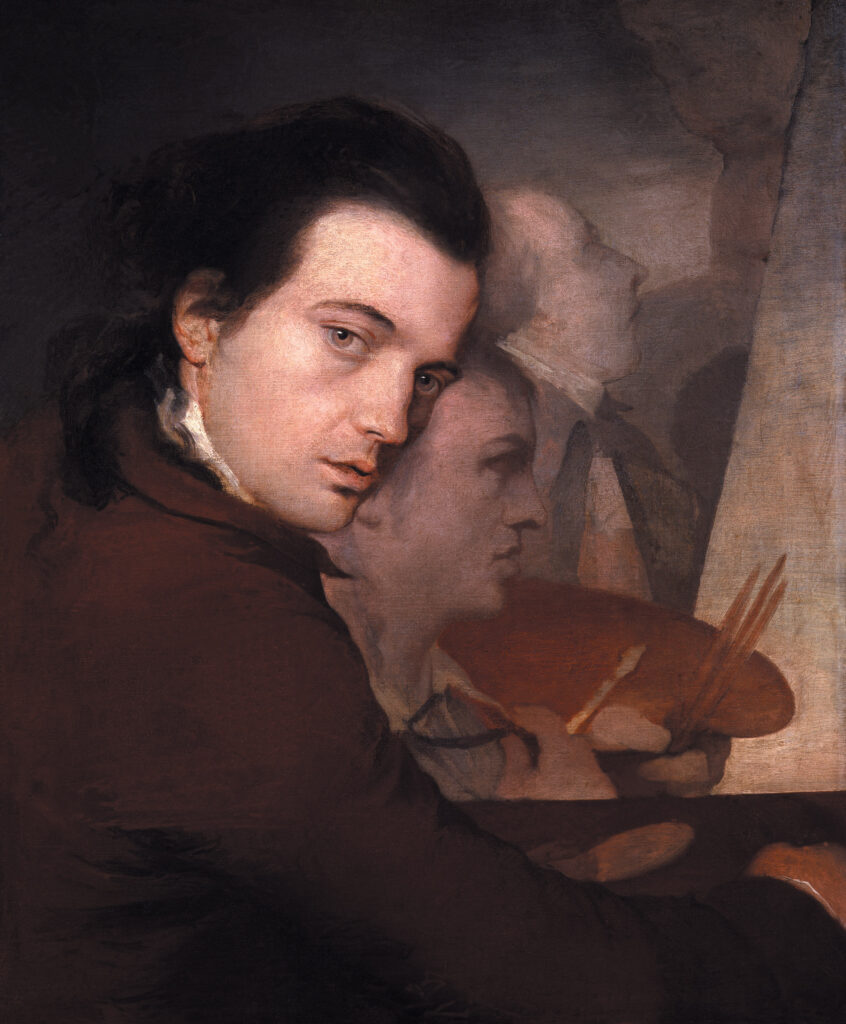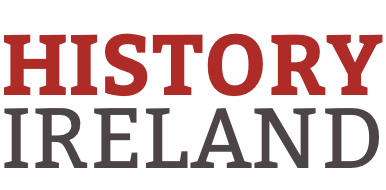By Fiona Fitzsimons

Founded in 1731 as a philanthropic organisation and members’ club, the Dublin Society was established to stimulate economic activity in Ireland. In 1738 it introduced a grant scheme funded by its own members. The first premiums were awarded in 1740 and continued annually.
In 1761 the Irish parliament granted the Society £12,000 to promote agriculture, forestry, the arts and manufacturing. Parliamentary support continued irregularly until 1784, when an annual grant of £5,000 was introduced and remained in place until the Act of Union in 1800. This steady funding secured the premiums and widened their scope.
Premiums were divided into four main categories: Manufacturing and Commercial Enterprises, Agriculture and Forestry, Fine and Applied Arts, and Fisheries, each further subdivided. In Manufacturing, premiums supported projects from brewing and distilling to clock- and watchmaking, earthenware and clay pottery, engraving and printing, glass and bottles, leather-tanning and dyeing, machinery, engineering and surveying instruments. Between 1740 and 1800 textiles were probably the largest subcategory. The number and value of textile premiums reflect the rapid growth of Ireland’s linen industry.
Premiums encouraged enterprise and innovation. In 1741 Michael Bear received one for developing ‘an engine for boring pipes, and pumps’, coinciding with the Dublin City Assembly’s plans to boost the water-supply by pumping water uphill from the Liffey at Islandbridge to the city basin in James’s Street. Some premiums backed more speculative ventures: in 1758 William Stewart of Kilammon, Co. Tyrone, was granted £10 to plant saffron—a bold choice for Ireland’s climate. By contrast, in 1788 Arthur Guinness received £6 17s to support cultivating Irish-grown hops.
Besides funding individual projects, the Dublin Society promoted the spread of practical knowledge. It paid premiums to authors to write, print and distribute guides on everything from farming calendars to bee-keeping, dog-training, malt-making and textile crafts. In 1767, drawing on 30 years of experience, the Society published a report on agricultural experiments summarising what it had learned from its premium schemes.
The Society’s ambitions went beyond farming and manufacturing. After 1750 it established a drawing school to train students in landscape, figure and architectural drawing, and the applied arts. Among those who attended or received premiums were artist James Barry, architect James Hoban (who later designed the White House) and sculptor Edward Smyth, known for his work on Gandon’s Dublin buildings.
Premiums also helped to fill gaps in public funding and social welfare. In 1764 Doctors Edmond Blackhall and Clement Archer shared a £200 premium for providing medical care to children in Dublin workhouses. In 1769 Lady Bingham of Castlebar, Co. Mayo, applied for £10 to ‘instruct girls in workhouses in lacemaking’. In 1774 Lady Arabella Denny—a leading philanthropist—was awarded £34 2s 6d to arrange lacemaking lessons for children at the Foundling Hospital. Premiums spurred economic innovation and bolstered social welfare where the state fell short.
Fiona Fitzsimons is a director of Eneclann, a Trinity campus company, and of findmypast Ireland.
